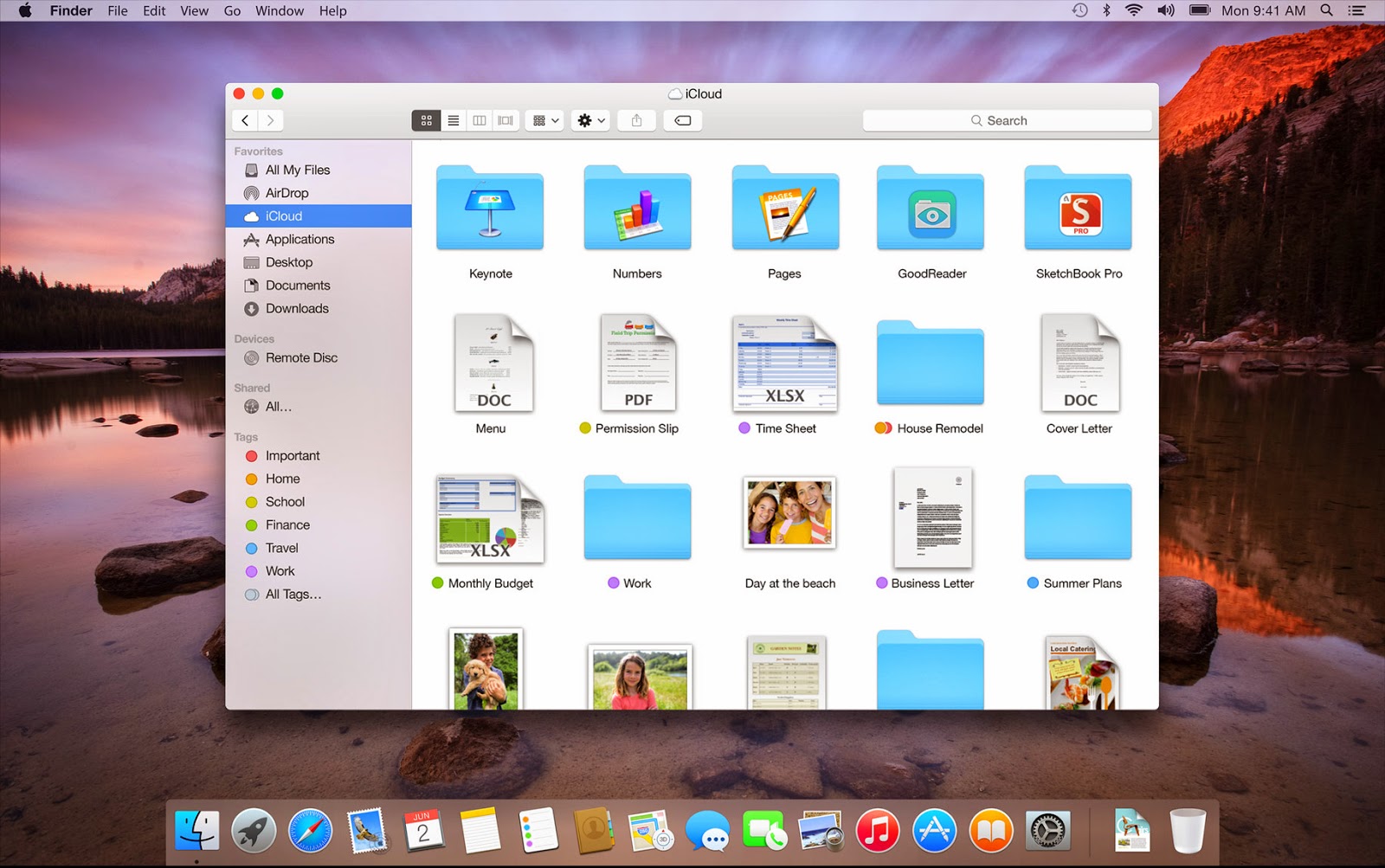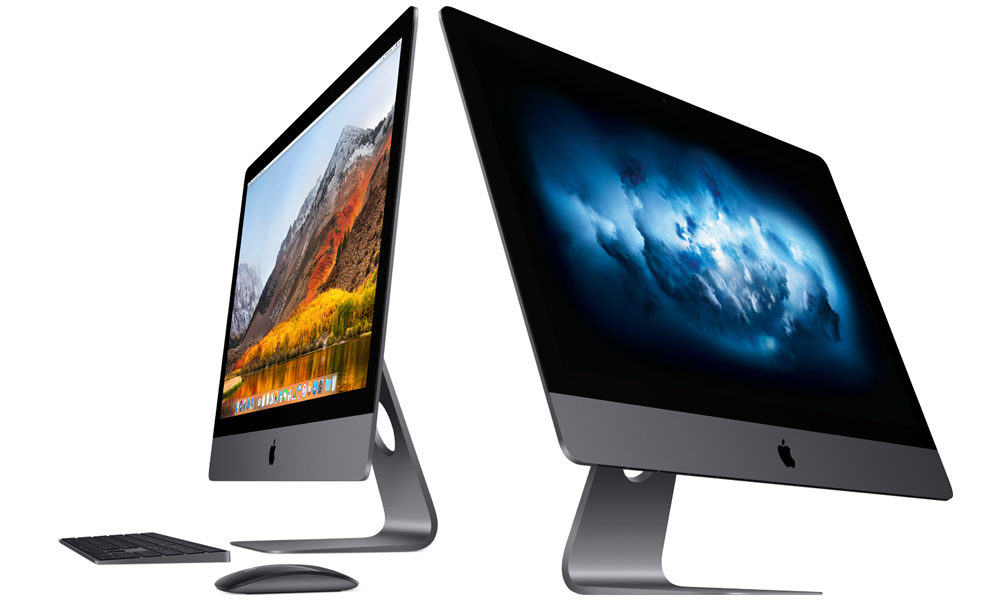
Once the pointer is touching an edge, keep moving your mouse or your finger on the trackpad and the screen will reposition. ‘ Only when the pointer reaches an edge’ – the zoomed image remains stationary until the pointer reaches an edge of the screen.‘ Continuously with pointer’ – the zoomed screen moves as you move the pointer.You can also choose how the zoomed screen image moves in relation to the pointer.‘Flash screen when notification banner appears outside zoom view’ – the entire screen will flash once when a notification arrives.‘ Hold ‘Control ( ⌃ ) + ‘ Command ( ⌘ )’ to temporarily detach zoom from pointer’ – If you find it difficult to see the content underneath the pointer when you are zoomed in, use this shortcut to temporarily hide the pointer whilst moving around the screen.‘ Hold ‘Control ( ⌃ ) ’ + ‘ Alt ( ⌥ ) ’ to temporarily toggle zoom’ – when zoomed in you can temporarily view the screen at normal size whilst holding this shortcut.

‘ Show preview rectangle when zoomed out’ – a black outline will appear on the screen indicating the area that will be magnified when ‘ Zoom’ is activated.
#MAC OS 10.13 FULL#
You can enable several options for ‘ Full Screen’ zoom on this screen (see Fig 8). Click the ‘ Options…’ button in the ‘ Zoom style’ section or press ‘ Tab’ until ‘ Options…’ is highlighted and then press the ‘ Spacebar’, see Fig 7. To change the settings for ‘ Full Screen’ Zoom: You can customise the settings for both ‘ Zoom’ styles, see the steps below Full Screen Zoom settings ‘ Picture-in-picture Zoom’ - only a small section of the screen surrounding the mouse pointer becomes magnified. ‘ Full Screen Zoom’ (default) - the entire screen becomes magnified. There are two ‘ Zoom’ style options (see a side-by-side comparison in Fig 6): If you would prefer to use this option even when the screen is zoomed out, click on the drop-down menu next to ‘ Speak items under the pointer’ and select ‘ Always’. You can adjust the delay for how long the pointer needs to be over an item after which the computer starts talking Fig 4.īy default, ‘ Speak items under the point’ is only active when the screen is zoomed in. When enabled, the computer will read aloud the item that is currently under the pointer. If you ordinarily use the keyboard to navigate the screen and activate menus you may find this option useful – with it enabled, the screen automatically moves so that the area where the keyboard is currently focused is always visible and zoomed in. When the screen is zoomed in, text and images can become pixelated. This enables you to activate zoom by holding down a modifier key (by default this is the ‘ Control (⌃)’ key) and using a two-finger scroll gesture (or mouse wheel) to zoom in and out.If you would like to change the modifier key, click on the drop-down menu to select ‘ Control (⌃)’ (), ‘ Option (⌥)’ or ‘ Command (⌘)’. ‘ Use scroll gesture with modifier keys to zoom’. Toggle smooth images (see below) : ‘ Alt (⌥)’ + ‘ Command ( ⌘ )’ + ‘ \’ (backslash). If you tick this item you will be able to use the following shortcuts to activate zoom and zoom in and out: In the ‘ Zoom’ settings pane you can select (tick) to enable the following options (see Fig 2). 
In the left-hand column of the ‘ Vision’ section, click on ‘ Zoom’ or press ‘ Tab’ key to highlight one of the options in the list (for example ‘ General’) and then press the up or down arrow key to select the ‘ Zoom’ item, see Fig 1.(See the article Open Accessibility Preferences on this website for more information.) Open ‘ Accessibility Preferences’: Apple Menu > System Preferences > Accessibility.keys as standard function keys’ under ‘Keyboard’ settings in ‘ System Preferences’ then omit the ‘ Fn’ key from the keyboard shortcuts shown in this article.






 0 kommentar(er)
0 kommentar(er)
